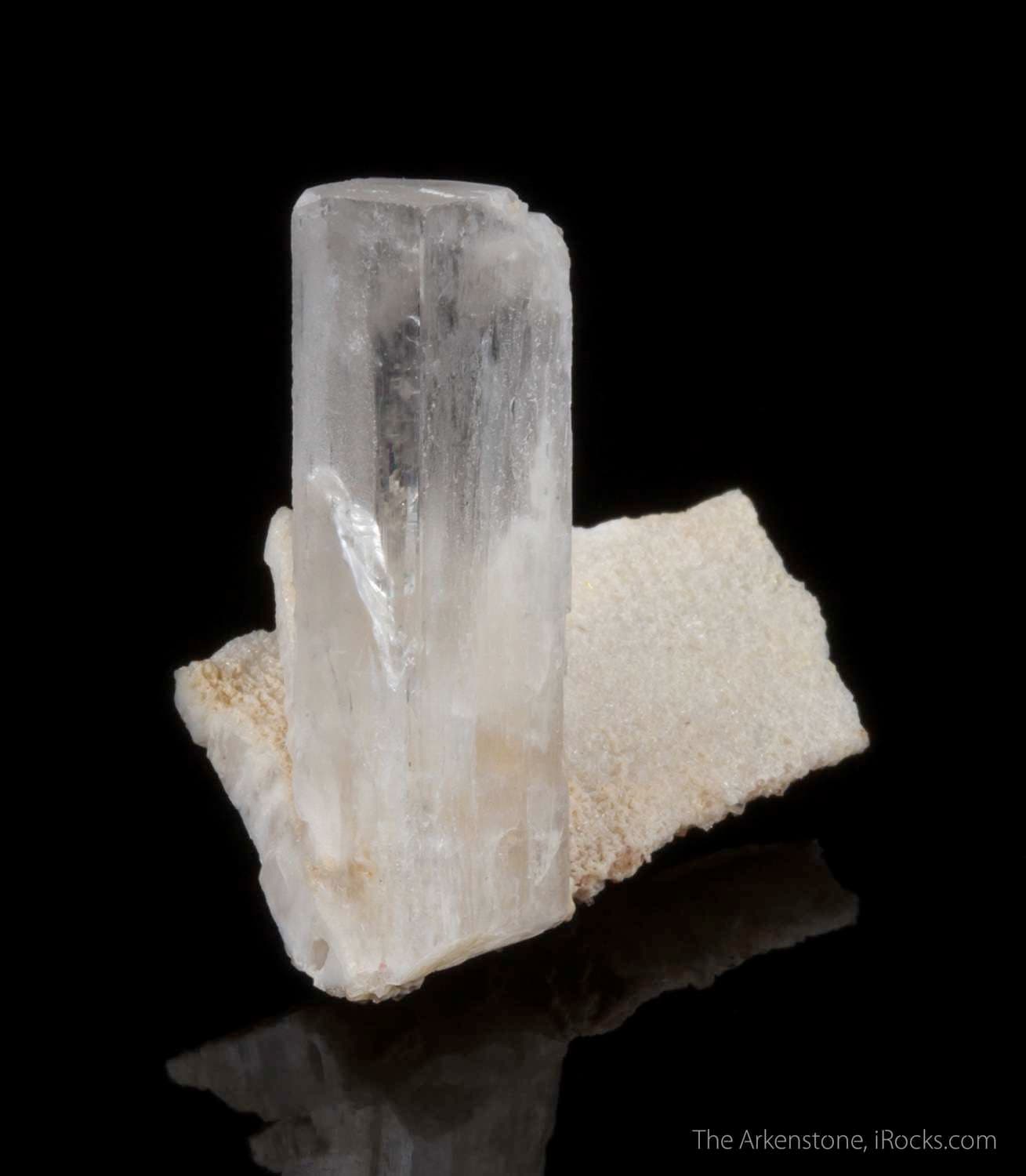Diamond Specialist Certification Course
The Optical Properties of Gemstones
The Properties of Light
Electromagnetic Energy
Light is part of the electromagnetic spectrum, one of the fundamental energies of the universe. It’s present everywhere in substantial amounts.
Light energy travels in waves. The energies on the electromagnetic spectrum differ simply by their wavelengths. Some are shorter, some longer. Wavelength has nothing to do with the amount of energy carried. Wave amplitude determines that. All wavelengths can be high or low in energy.
Although, in nature, all electromagnetic energy is essentially the same, varying wavelengths have different characters. For example, we relate to some as radio waves, others as X-rays. We see a very tiny part of the electromagnetic spectrum as light. Within this section, we perceive different wavelengths as colors. When we see all the wavelengths at once, we describe it as white light. The color black is a lack of electromagnetic energy in this portion of the spectrum.
Just beyond the section of the visible electromagnetic spectrum, we find ultraviolet and infrared light. Some animals can see these light frequencies, but humans can’t. We can sense them, but not with our eyes. Ultraviolet can give us sunburn, and we feel…
Premium Article - Membership Required
- 4648 Words, 23 Minutes of reading
Topics covered include:
- The Properties of Light
- Electromagnetic Energy
- Refraction
- Polarization
- Selective Absorption
- How Does Color from Selective Absorption Differ From Pigment?
- The Spectroscope
- Color Change
- Refractive Index
- Gemstone Inclusions and Refraction
- Fractures and Refraction
- Oiling and Refraction
- Immersion Tests and Refraction
- Estimating Refractive Indices of Immersed Gems
- Viewing Inclusions in Immersed Gems
- Critical Angle
- Brilliance
- Scintillation
- Windowing
- Double Refraction and Birefringence
- Doubling
- Crystal Habits and Refraction
- Amorphous
- Isometric
- Tetragonal
- Hexagonal
- Orthorhombic
- Monoclinic
- Triclinic
- Summary
- Pleochroism
- Dispersion
- Luster
- Optic Character
- Fluorescence
- Fluorescence and Gem Identification
- Fluorescence and Gem Grading
- Phenomenal Effects
- Gemstone Optical Properties Self Test
Become a member
Please become a member to read this entire article and gain access to hundreds more like it. As a member, you’ll also get...
- Exclusive access to 1700+ other premium articles and courses
- Unlimited access to our gem pricing guide
- Participate in our member-only forums
Donald Clark, CSM IMG
International Gem Society
Never Stop Learning
When you join the IGS community, you get trusted diamond & gemstone information when you need it.
Get Gemology Insights
Get started with the International Gem Society’s free guide to gemstone identification. Join our weekly newsletter & get a free copy of the Gem ID Checklist!




